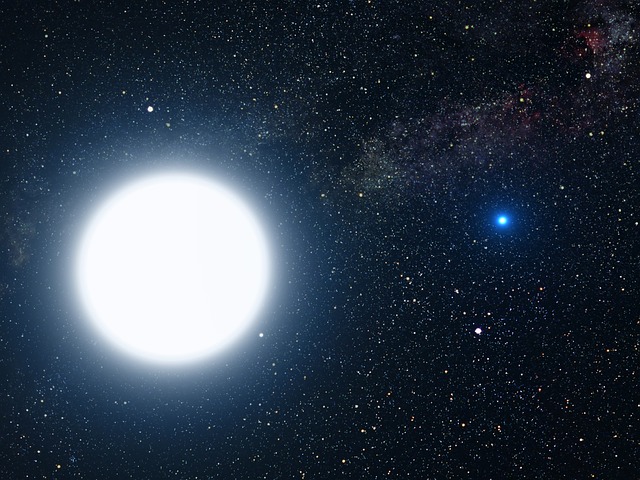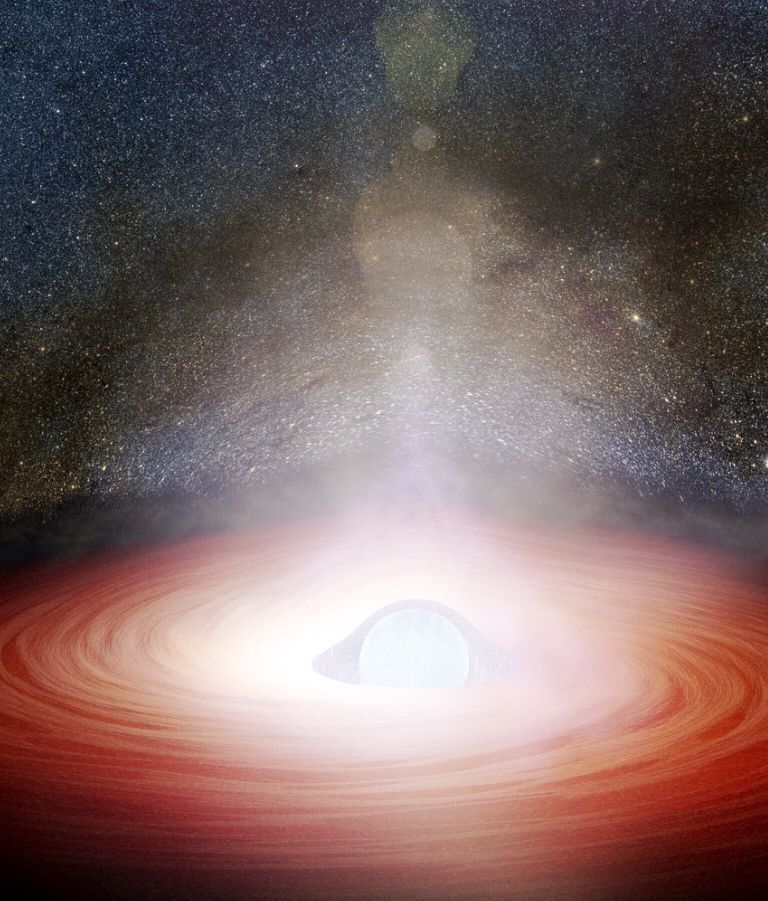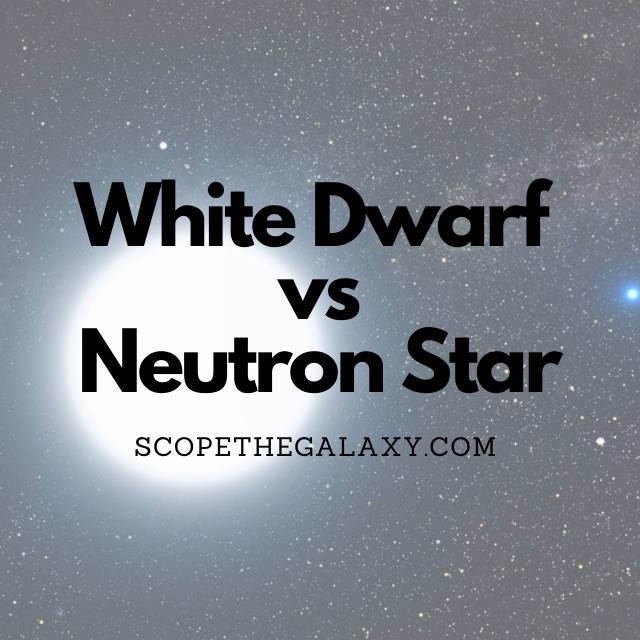*This post may contain affiliate links. This means we may make a commission if you purchase an item using one of our links*
The white dwarf and neutron star are the two most dense collections of matter in the entire Universe. Both form when a star runs out of fuel at its core and enters into the final stages of life. The white dwarf is a product of small to medium stars, while the neutron star represents giant celestial bodies.
Continue reading to find out the defining features of a white dwarf vs. a neutron star; compare the similarities and differences between the two, and learn whether a neutron star can transform into a white dwarf.
What Is A White Dwarf?
Table of Contents

A white dwarf is a small star with an incredible density – while it is around the same size as a planet, its mass is more than 200,000 times that of Earth.
When a star forms, it gathers swirling clouds of dust and gas from its surrounding space to formulate a high-pressure core. The intense pressure creates nuclear reactions within this core that give off a terrific amount of light and heat.
However, the fuel that powers these stars is not unlimited, and one day the star’s finite resources run out. When a star runs out of hydrogen, it begins to conduct reactions with the helium outside of its core. As these reactions expand outwards, the star grows until gravity can no longer hold it together.
At this point, the outer material escapes from the star, leaving behind only the central nucleus, still burning brightly from the initial reactions. This core is known as a white dwarf and marks the final stage of the evolution of a star.
In essence, a white dwarf signifies that a star has run out of fuel and will now cool for a few billion years until it reaches the status of a black dwarf.
What Is A Neutron Star?

When a star 10 to 20 times more massive than our own sun reaches the end of its life, the core collapses, and the outer matter explodes in a supernova. What remains is known as a neutron star.
The neutron star gets its name from the fact that after the initial explosion of the star, gravity presses the remaining material so tightly that it forces protons and electrons to combine and form neutrons.
If the star’s mass is greater than 20 times our sun’s, this reaction is likely to create a black hole. While black holes are almost impossible to observe, neutron stars are straightforward, thanks to pulsating light.
A neutron takes a mass greater than twice the sun’s mass and condenses it into a spherical object no bigger than one of Earth’s cities. These mysterious objects are still not entirely understood by scientists.
The atmosphere of a neutron star comprises hydrogen, helium, and carbon. The outer crust contains ions and electrons, while the inner crust contains ions and superfluid neutrons. The outer core is superconducting protons, but what exactly comprises the inner core? That fact remains unknown.
The gravity of these objects is so strong that it literally bends its light waves around its body, making it easier for scientists to determine the size and mass of these stars.
Can A Neutron Star Become A White Dwarf?
The neutron star represents the same stage in a star’s life cycle as the white dwarf (the star ran out of fuel at its core) – it just represents that life stage for objects on a much larger scale.
Both neutron stars and white dwarfs have ceased to create nuclear reactions at their core and will cool down over time. But the process in which they came to be is very different, and they stem from different source materials.
A neutron star and a white dwarf are similar in some ways, but they are two separate paths of a star’s life cycle that don’t interchange with each other.
Similarities Between A White Dwarf And Neutron Star.
Both white dwarfs and neutron stars are stars that have an incredibly high density. On Earth, one teaspoon of white dwarf matter would equate to the weight of an elephant (about two tons). Meanwhile, a teaspoon’s worth of neutron star matter would weigh the equivalent of one billion tons.
A star with a small to medium mass (such as our sun) will become a white dwarf, whereas a star with a higher mass will transform into a neutron star (or a black hole). Both the white dwarf and neutron star represent the final evolution of a star’s life.
Differences Between A White Dwarf And Neutron Star.
Even though these are the two most dense forms of matter in the Universe, there is still quite a difference in that density. When you compare two tons to one billion tons of weight in a single teaspoon, a white dwarf seems practically “light” in comparison.
In addition, the neutron star shines far more brightly than the white dwarf because it started life with a much more tremendous amount of mass and energy.
Though both represent the final stage in a star’s life cycle, their formation occurs differently. A white dwarf forms when a star loses most of its mass through solar winds and gravitational pull. In contrast, neutron stars form when there is a catastrophic collapse in the center of a giant star.
While a white dwarf does emit some light, it is only around 1/30 that of the sun. In comparison, a neutron star has a luminosity similar to the sun. Both stars have run out of energy, but the neutron star is more resourceful and employs numerous mechanisms to increase its visibility.
Summary
The white dwarf represents the end of the life cycle for a small to medium star and occurs when gravity and solar winds significantly reduce the mass of a star. The neutron star forms in a more cataclysmic event when a star’s core completely collapses.
These entities share many parallels, such as their stage in the life cycle and their extremely high density, but they are different physical entities in many ways.
References
White Dwarfs Facts, Information, and Photos | National Geographic
What is a neutron star? | Astronomy Essentials | EarthSky
Imagine the Universe! (nasa.gov)
Neutron Stars: Definition & Facts | Space

